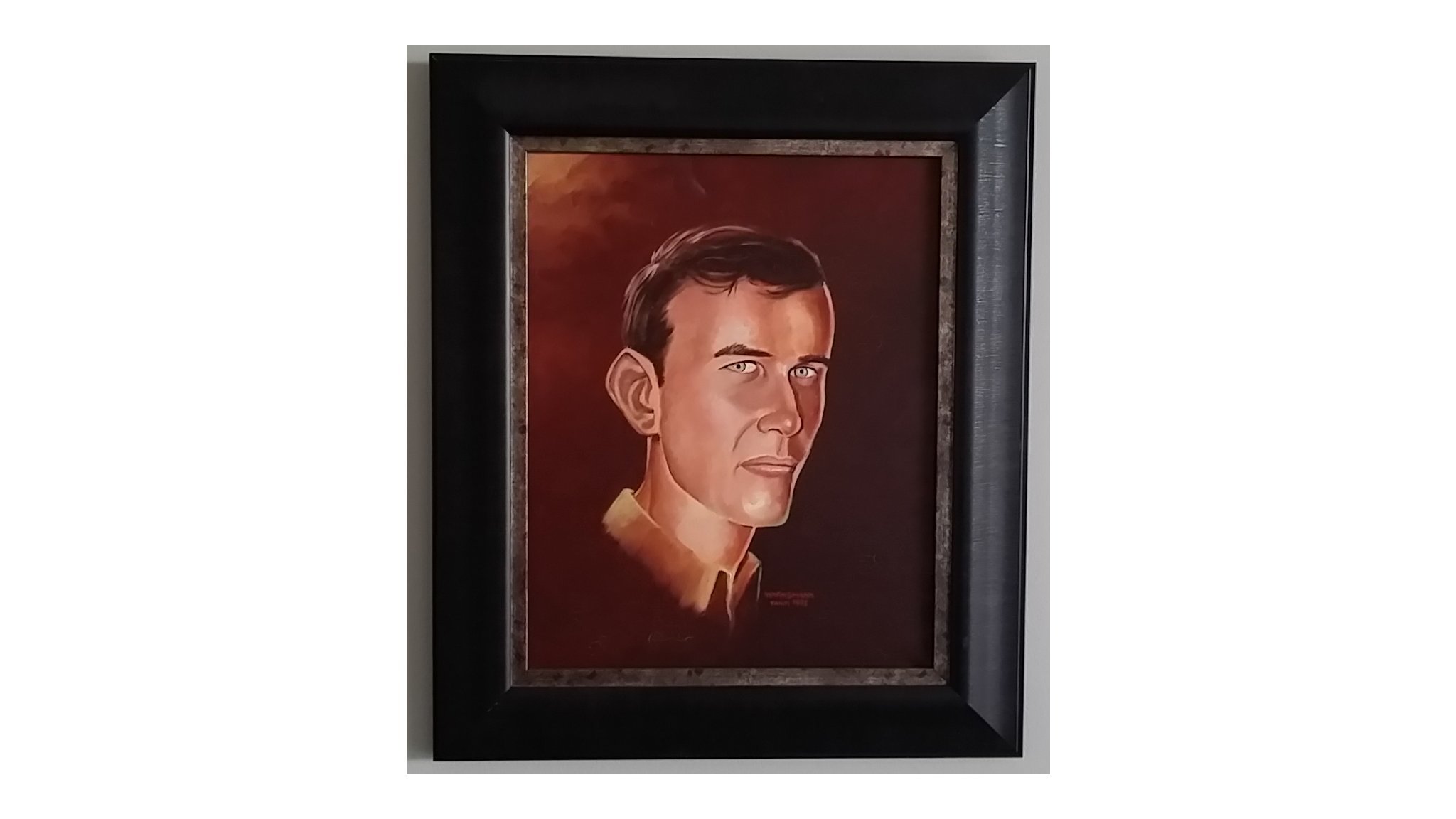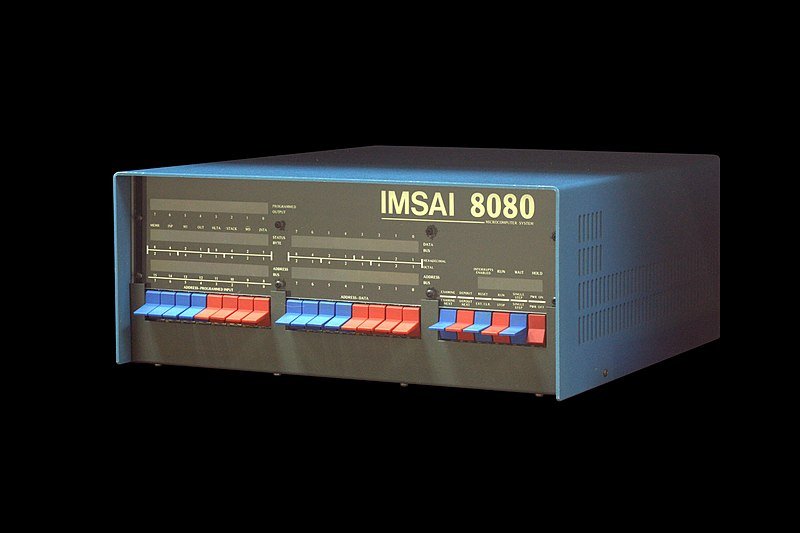This is the story of my life so far: 68 years and counting.
Prequel: A Brief History of my Family in France

The story starts here
Previous episode: Part 62
During the 3 years I was in Halifax, in 1979-1982, I was in a Canadian Forces establishment, probably in the Canadian Forces Naval Engineering School, in the Electrical Division.
During the first year, I was a teaching "digital techniques" to Canadian sailors
Teaching "digital techniques" to Canadian sailors
Digital techniques included Boolean algebra and logic gates.
For the first two months, I sat on the back of the classroom, following two courses of digital techniques, taught by a civilian instructor, so that I could learn what I was going to teach.
Then, I started to teach the course myself.
I had not had much experience teaching before. I had only done alphabetization for immigrants, mostly from North Africa, in France for a few month, volunteering at our church in Saint-Ouen.
However, I realized that I could teach effectively.
One of my pet peeve was spelling. Each time one of my students was making a spelling error when he was writing on the blackboard, I would ask him to correct it. Sometimes they would ask if it was a class of digital techniques or a spelling class!
However, after several months of teaching multiple times the same material, it began to be quite boring.
So, after a year of teaching, I was moved to a new entity to develop Computer-Assisted Instruction (CAI) courses.
Developing Computer-Assisted Instruction courses
We were two officers in the new CAI lab: Don, a Canadian lieutenant-commander and myself.
Don was a reserved officer, who had just started working full time for the Canadian Forces, specifically to start this CAL lab. He was an expert in Computer-Assisted Instruction.
The hardware we had at the CAI lab was just a dumb terminal, probably a VT-100, connected to a minicomputer located in Ottawa through a leased serial line.
We were using a specialized CAI programming language, CAN8, that was the 8th version of the CAN languages. Initially, I thought that, as these languages had been invented in Canada, that explained why they were called CAN. I learned later that in fact CAN was standing for "Completely Arbitrary Name"!
We were also using sometimes the legendary text editor and macro programming language TECO, that, according to Wikipedia is a direct ancestor of Emacs, which was originally implemented in TECO macros.
At the Electrical Division, I had met a francophone Canadian officer, Ron, who was working in a hardware lab.
In his lab, Ron had an IMSAI 8080 microcomputer, that was his personal property.

IMSAI 8080
source
Every day, during lunch hour, I would go to Ron lab and we would play with his microcomputer.
This was my practical introduction to personal computers. Until then, I had only dreamed of owning such a piece of equipment.
Ron introduced me to one of his acquaintances, a guy who was literally building microcomputers in his garage. So, I decided to buy one of those computers in September 1980.
Continue to Part 64
If you like this story, please consider to follow me
Summary
Part 1 - Part 2 - Part 3 - Part 4 - Part 5 - Part 6 - Part 7 - Part 8
Part 9 - Part 10 - Part 11 - Part 12 - Part 13 - Part 14 - Part 15 - Part 16
Part 17 - Part 18 - Part 19 - Part 20 - Part 21 - Part 22 - Part 23 - Part 24
Part 25 - Part 26 - Part 27 - Part 28 - Part 29 - Part 30 - Part 31 - Part 32
Part 33 - Part 34 - Part 35 - Part 36 - Part 37 - Part 38 - Part 39 - Part 40
Part 41 - Part 42 - Part 43 - Part 44 - Part 45 - Part 46 - Part 47 - Part 48
Part 49 - Part 50 - Part 51 - Part 52 - Part 53 - Part 54 - Part 55 - Part 56
Part 57 - Part 58 - Part 59 - Part 60 - Part 61 - Part 62

